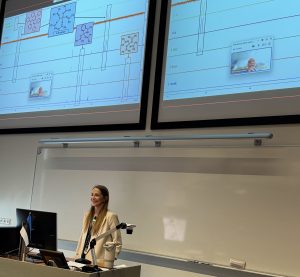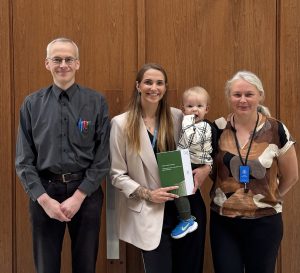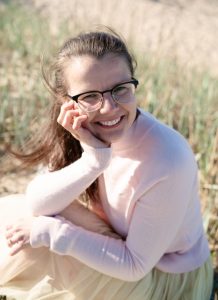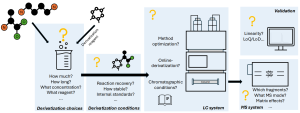Having no predefined targets in your sample isn’t always a drawback. The International Conference on Non-Targeted Screening (ICNTS) demonstrated how omitting targets in mass spectrometry analysis can reveal a broader and more nuanced picture of the chemical space.

From October 13-16, for the fifth time, non-targeted screening experts from around the world gathered in Erding, Germany, to share their latest research and exchange ideas. The event showcased cutting-edge developments across diverse fields, including metabolomics, foodomics, water analysis, harmonisation, and prioritisation.
Representing our group, Pilleriin Peets, Principal Investigator of the Chemical Space & Omics group, gave an oral presentation on compound class vectors for comparing metabolomics samples. Her talk was part of the computational mass spectrometry session, chaired by Emma Schymanski, who also gave a keynote on “Data Handling in a Modern NTS World.”
The ICNTS once again proved that by embracing the unknown, researchers are expanding the boundaries of chemical analysis and opening new doors for discovery. Whether in environmental science, health, or food safety, the power of non-targeted approaches lies in their ability to reveal what we didn’t even know to look for.
Learn more about the conference and the community: https://afin-ts.de/icnts25/















